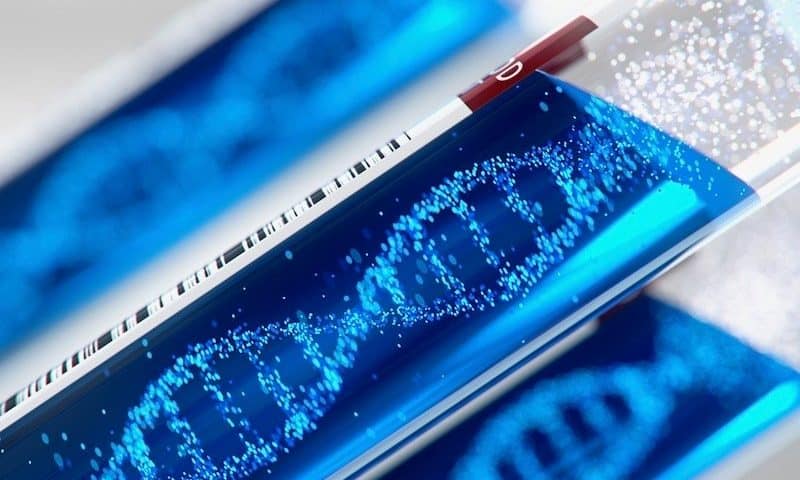After a year in the shadows, Prime Medicine is breaking cover with $315 million to develop a new kind of gene editing. The company likens its approach to the “search and replace” function on a word processor, with the ability to correct disease-causing mutations without making double-stranded breaks in the DNA.
The news comes as gene-editing companies are riding a wave of excitement triggered by Intellia Therapeutics, which, along with partner Regeneron, recently showed gene editing could work in the human body.
CRISPR-based editing, like that used by Intellia, is often called “molecular scissors” because it cuts both strands of DNA and relies on the cell’s processes to repair that break. This approach is useful for knocking out disease-causing mutations, but that’s just the tip of the iceberg.
Prime’s technology, known as prime editing, “can correct just about every single type of pathogenic gene mutation,” said Prime CEO Keith Gottesdiener, M.D., formerly the CEO of obesity-focused Rhythm Pharmaceuticals. It was developed by David Liu, Ph.D., and Andrew Anzalone, M.D., Ph.D., at the Broad Institute.
“It can correct more than one mutation at a time … [and] it can correct all mutations in a span of DNA,” Gottesdiener said. The company isn’t giving away specific diseases it’s going after, but the latter could be useful for diseases like cystic fibrosis, which can be caused by any number of different mutations in the same gene.
The company is working on programs for diseases of the liver and eye, neuromuscular indications and for editing hematopoietic, or blood-forming, stem cells outside the body.
Here’s how it works: “We make a prime editor that has a protein part and what’s called a guide RNA part,” Gottesdiener said. The editor carries a template for a genetic sequence that will replace the targeted mutation.
Once the prime editor gets into a cell, it scans the cell’s DNA for the disease-causing sequence that needs to be edited.
“When it gets to that exact right spot, it opens up the DNA and makes the necessary correction … In the end, you have two different versions of DNA: the old, mutated, wrong version and the new, right version. For a variety of technical reasons, the new, right version replaces the old,” Gottesdiener said.
“What got us so excited about its impact on such a broad range of disease is that we’re not turning something else on to help patients. We’re going in and correcting what’s broken and putting it back to the way it should have been,” said David Schenkein, M.D., general partner at GV, which chipped into Prime’s series A and B rounds alongside Arch Venture Partners, F-Prime Capital and Newpath Partners.
Prime is developing treatments for two buckets of diseases. The first bucket comprises “immediate indications,” where the biology and genetics are well understood and where the company can show its approach works in people.
“The second bucket is my favorite—we call it the differentiation bucket,” Gottesdiener said. “There is a long list of categories of diseases where we … really think we could do something that no one else can do.”
The company is working on that second bucket as it plugs away at the first, though it may take a little longer to get to the clinic because the genetics of those diseases are more complicated, or it may be harder to deliver prime editors to certain parts of the body, Gottesdiener said.
Moving forward, Prime will use its funds to build out its editing technology, move its programs toward the clinic and continue building the company. The team is about 50 strong today, and Prime hopes to grow to more than 100 employees by the end of the year.
And it won’t be forging its path alone. Prime has a partnership with Beam Therapeutics, the base-editing biotech also founded by David Liu. Under the deal, Prime licensed out the rights for Beam to use prime editing in certain areas such as sickle cell disease. In return, Beam gave Prime certain rights to technology, intellectual property and so on.
“What they’ve learned from years in base editing will be relevant to prime editing, including delivery technology and manufacturing. The idea is to jump-start Prime Medicine, and they are wonderful partners to help us get off the ground much faster than we would have,” Gottesdiener said.

